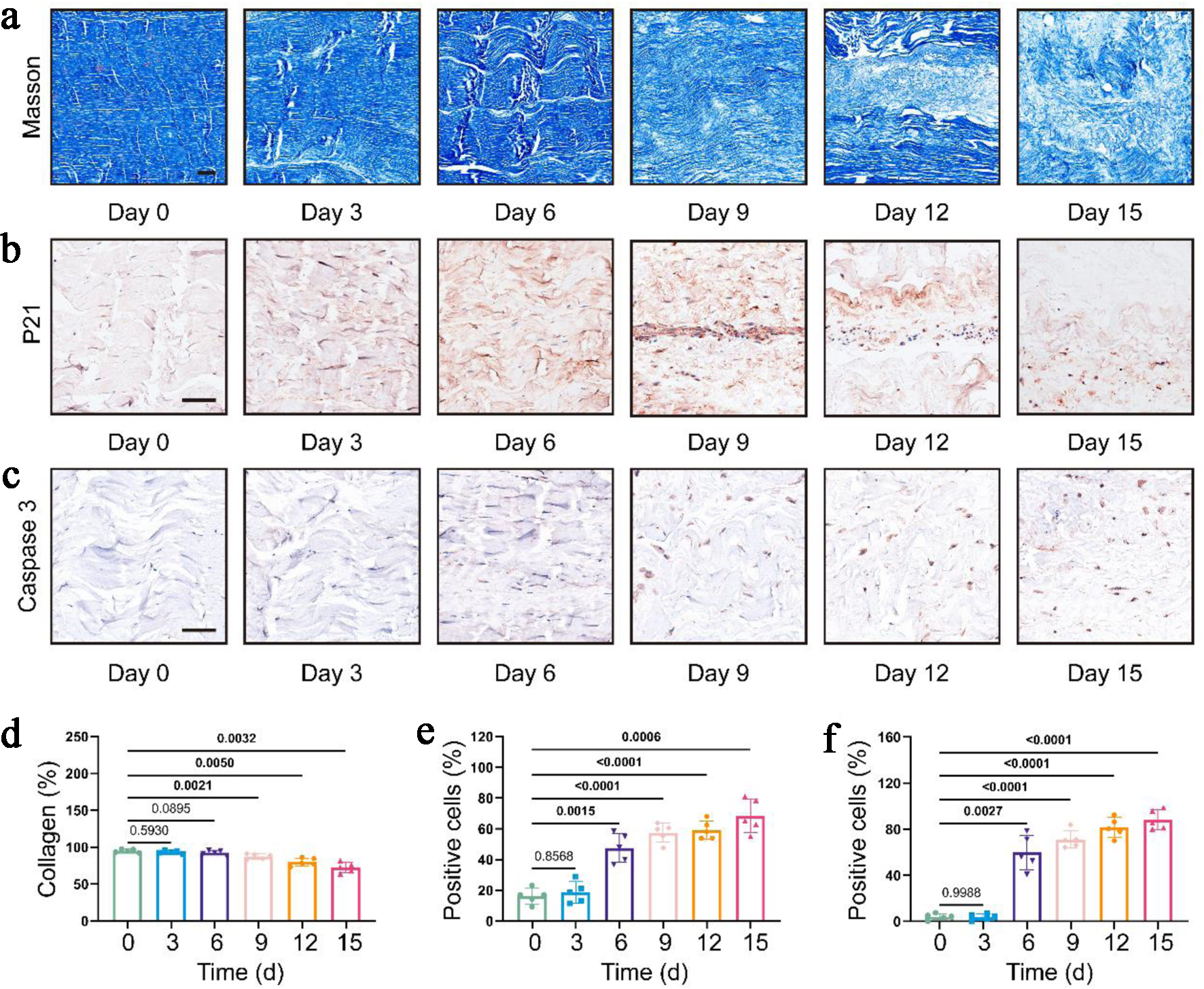Loadless Tendon Explant Model Exhibits Spontaneous Degradative Phenotypes: An In Vitro Study of Human Tendons
DOI:
https://doi.org/10.14740/jocmr6343Keywords:
Tendons, Collagen, Tissue transplantation, Senescence, ApoptosisAbstract
Background: Although the tendon explant model has been gradually recognized for simulating tendon characteristics in vitro, there is still no consensus on a standardized culture protocol. Recently, tendon explants have been applied to senescence-related research but whether their own changes affected the credibility of the conclusions was not confirmed. Therefore, this study aimed to systematically evaluate the reliability of the loadless tendon explant model by characterizing its dynamic macroscopic morphological and molecular biological changes during culture.
Methods: This study collected surgical samples from patients as loadless tendon explants for culture and conducted molecular biology and cytology tests once every 3 days within 15 days. Both their macroscopic and microscopic changes were recorded and analyzed, with each compared to the corresponding parameters at day 0.
Results: Loadless tendon explants spontaneously underwent progressive disintegration, leading to the collapse of the original dense structure. Consistently, the collagen fibers also gradually became loose and fractured, contributing to a significant decrease of collage density from day 9. In addition, the senescence and apoptosis markers P21 and Caspase 3 increased over time, and there were statistically significant differences starting from day 6, respectively. The main intrinsic component, Collagen I, and the main catabolic enzyme, metalloproteinase 13 (MMP 13), could hardly be detected since day 3. During the daily evaluations from day 0 to day 4, Collagen I gradually decreased and was barely detectable by day 3, whereas MMP 13 increased on day 1 followed by a rapid decline since day 2.
Conclusions: These results indicate that loadless tendon explants rapidly degrade and lose matrix integrity, with their spontaneous changes compromising the reliability of research conclusions related to senescence and apoptosis. Therefore, further optimization is still required before a well-established protocol is applied.

Published
Issue
Section
License
Copyright (c) 2025 The authors

This work is licensed under a Creative Commons Attribution-NonCommercial 4.0 International License.









